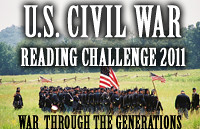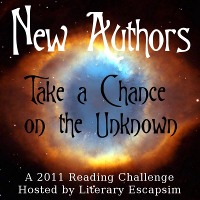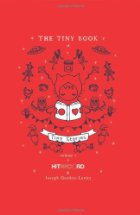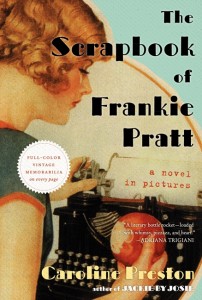Schoolgirl by Osamu Dazai is a short book of less than 100 pages from One Peace Books and is translated from the Japanese by Allison Markin Powell. The novella, which reads more like a narrative poem, has readers spend the day with a teenage girl who is adjusting to life after the death of her father and as a blossoming women in a post-WWII Japan. Readers clearly see the clash between traditional Japanese customs of women who are quiet and subservient to others needs with the young woman’s need to express herself and be an individual.
“Waking up in the morning is always interesting. It reminds me of when we’re playing hide-and-seek — I’m hidden crouching in the pitch-dark closet and suddenly Deko throws open the sliding door, sunlight pouring in as she shouts, ‘Found you!’ — that dazzling glare followed by an awkward pause, and then, my heart pounding as I adjust the front of my kimono and emerge from the closet, I’m slightly self-conscious and then suddenly irritated and annoyed — it feels similar, but no, not quite like that, somehow even more unbearable.” (page 7)
Like many pieces from Asian culture, spirits make an appearance, but these ghosts are thoughts and images that assail the young girl on a daily basis — perhaps images of war or the regrets she has about how she has treated her mother since her father’s death or even the moments she shared and failed to share with her father when he was alive. It is clear that she is wavering, stuck between her girlhood and her pending womanhood — the past and the present. She revels in the simple beauty of nature, while she reviles the obsequious nature of her family life. The dichotomy of her existence plagues her throughout the novella as she rails against her servile nature and tries to hold back her individuality, at least in the presence of her mother.
“Falling asleep is such a strange feeling. It’s like a carp or an eel is tugging on a fishing line,or something heavy like a lead weight is pulling on the line that I am holding with my head, as I doze off to sleep, the line slackens up a bit. When that happens, it startles me back to awareness.” (Page 93)
Dazai and Powell have captured the inner workings of a teenage mind with ease, and for those who have moved beyond those years, it could be tiresome. However, there is beauty in Dazai’s simple prose that captures feelings so easily, evoking camaraderie with readers and deep seated understanding. Not much happens plot wise in the novel, but its not necessary as readers come to understand the protagonist and her motivations. She’s angsty, eager to please, frightened of the future, and mourning her past. Schoolgirl by Osamu Dazai, translated by Allison Markin Powell offers readers a stream of consciousness in a young girl’s life during not only her transition from girl to woman, but from her country’s transition from the past to more modern sensibilities and the struggle that places on individuals torn between tradition and change.
**I received this book from Caribousmom, and was eager to read it as part of my efforts to read more translated works in 2012.**



 About the Author:
About the Author:





 For a collaborative project, it would seem that there is something missing, particularly since musicians participate in the collaborative. It’s almost as if the book should be an ebook with sound to accompany the images enclosed between the covers. The volume is just one in a series of books planned, and may work better on the website rather than in book form.
For a collaborative project, it would seem that there is something missing, particularly since musicians participate in the collaborative. It’s almost as if the book should be an ebook with sound to accompany the images enclosed between the covers. The volume is just one in a series of books planned, and may work better on the website rather than in book form.


 About the Author:
About the Author:


